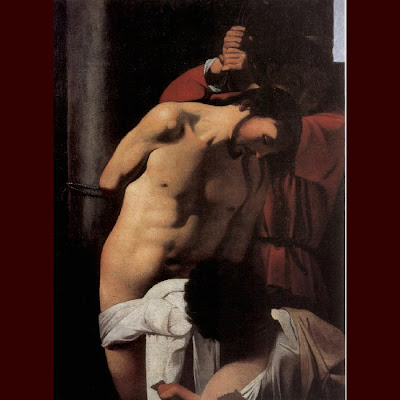THE ENLIGHTENMENT, perhaps better desrcibed by its alternate name, the Age of Reason, was a revolution in European culture and society. It marked the transition from governance based on theology, to one based on the nation-state. Along with the questioning of religion as the basis for identity and behavior it promoted such values as Humanism and free will. Jews, previously subject to discrimination based on their religion were, with the French revolution and the Napoleonic conquests now considered to be one among many peoples. The Emancipation was a movement of liberation for the Jewish people, and laws governing their inclusion as relative equals, as citizens, followed in the wake of Napoleon’s victories. Freeing the Jews from centuries of serfdom was not without it’s opponents and reversals, but the general trend was towards limited inclusion.
The attitude of a leader of the “Philosophes,” the group of thinkers who led the way towards the secularization of Europe, Voltaire may best typify the movement’s ambivalence towards the Jews. Arthur Herzberg, in a letter to the New York Times dated September 30, 1990 wrote regarding Voltaire’s antisemitism, “in his ''Letter of Memmius to Cicero'' (1771), Voltaire, in the pose of an ancient Roman reporting on the Jews, wrote: ''They are, all of them, born with raging fanaticism in their hearts, just as the Bretons and the Germans are born with blond hair. I would not be in the least bit surprised if these people would not some day
become deadly to the human race…” The following year Voltaire is quoted by Hertzberg, ''You have surpassed all nations in impertinent fables, in bad conduct and in barbarism. You deserve to be punished, for this is your destiny.''
The Enlightenment was a two-edged sword for the Jewish people in that it questioned religion-based discriminatory laws, and rationally dismissed Christian text-based bias against the Jews, while reframing Jewish uniqueness in secular and “scientific” terms. Under religious persecution Jews were still redeamable upon conversion; reason and “science” opened a new and even more deadly threat to Jewish survival in the Christian-now-secular Diaspora.
Along with the reframaing of Europe as secular, art also underwent a refocusing of interest away from subjects “religious.” Painting took a Romantic turn, generall but not entirely turning to Greek allegory (anti-Judaism as a theme continued for some 17th century artists; see our companion page,
Religious Painting 1600-1800). While print media had their share of graphic images representing Jews and antisemitic themes, particularly with the appearance of “political” antisemitism in the 19th century, rarely did more important painters use the bible and Jews as a subject for serious consideration.
+-+Dopo+Caravaggio,+Indiana+University+Art+Museum,+Indiana+-+U.S.A.jpg) Christ disputing with the Doctors (Rabbis), Dirck van Baburen ...DUTCH (1595-1624) - Dopo Caravaggio,
Christ disputing with the Doctors (Rabbis), Dirck van Baburen ...DUTCH (1595-1624) - Dopo Caravaggio, Christ disputing with the Doctors, Chiesa di San Martin, Langres
Christ disputing with the Doctors, Chiesa di San Martin, Langres The Road to Calvary, Nicolo Musso - Galleria Sabauda, Torino - ITALY
The Road to Calvary, Nicolo Musso - Galleria Sabauda, Torino - ITALY.jpg) Flagellation, Romanino Girolamo ...ITALIAN (1484-1562)
Flagellation, Romanino Girolamo ...ITALIAN (1484-1562)
+Galleria+Degli+Uffizi,+Florence.jpg)

+The+Getty+Center,+Los+Angeles+-+U.S.A..jpg)
+Narodna+Galeria+Bratislava,+Slovenska+-+RUSSIA.jpg)
+The+Getty+Center,+Los+Angeles+-+U.S.A..jpg)

+san+venanzio,+fabriano+-.jpg)
+Museo+Nacional+Del+Prado,+Madrid+-+SPAIN.jpg)
+Museum+voor+Schone+Kunsten,+Ghent+-.jpg)
+Mocking+of+Christ.jpg)



+-+Dopo+Caravaggio+,++fine+arts+museum+boston.jpg)
.jpg)



